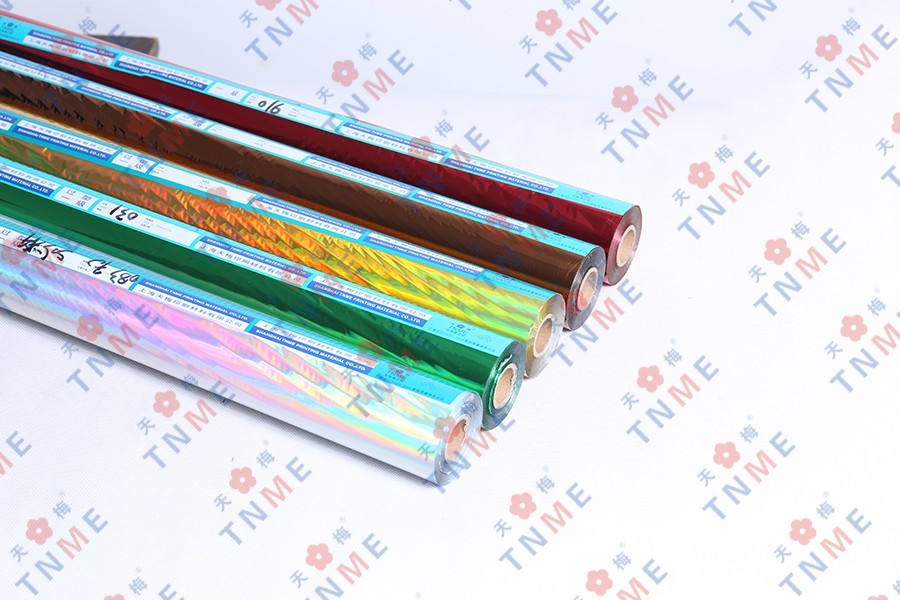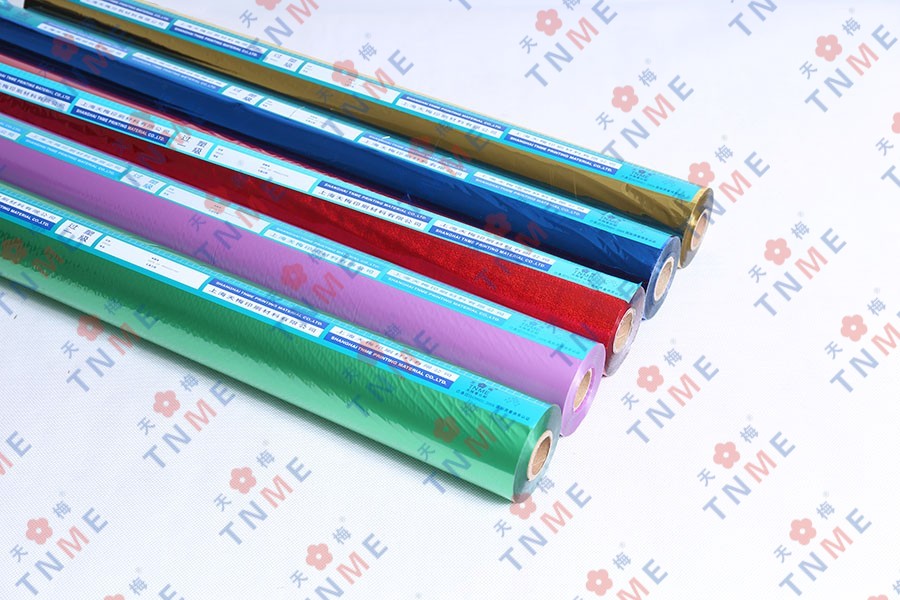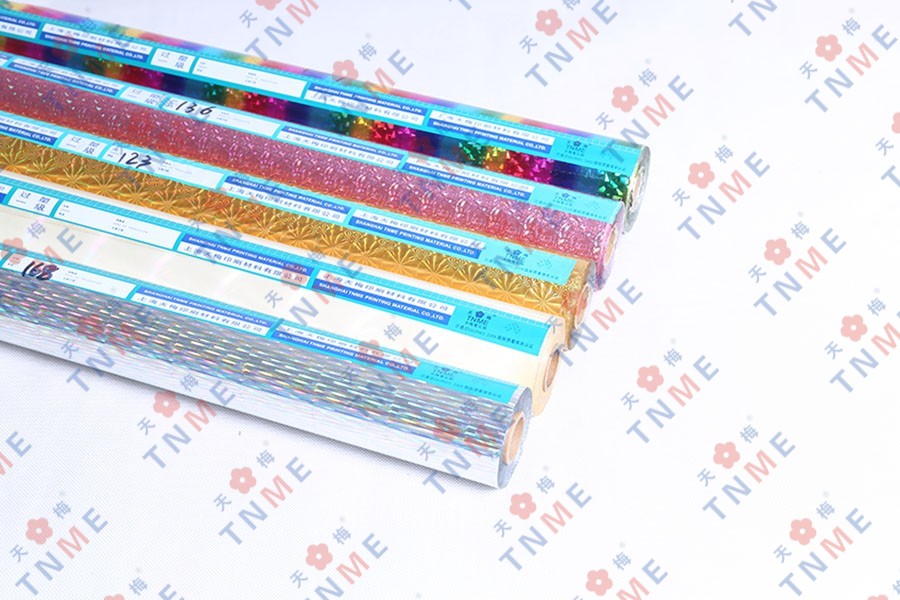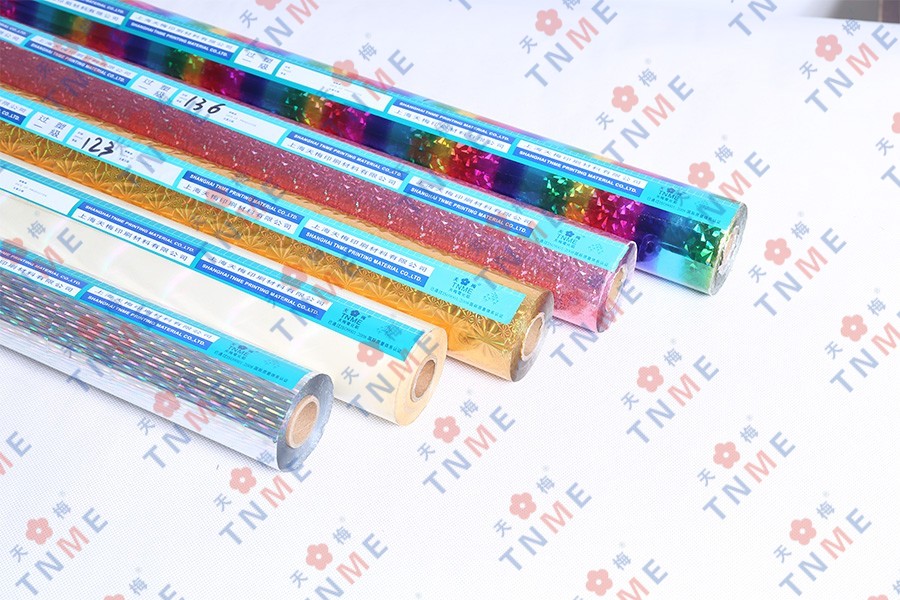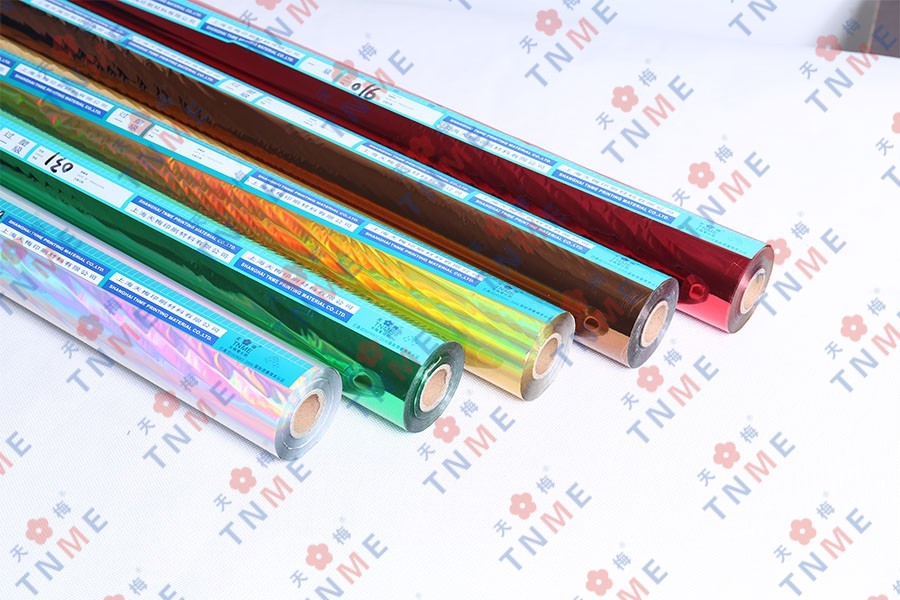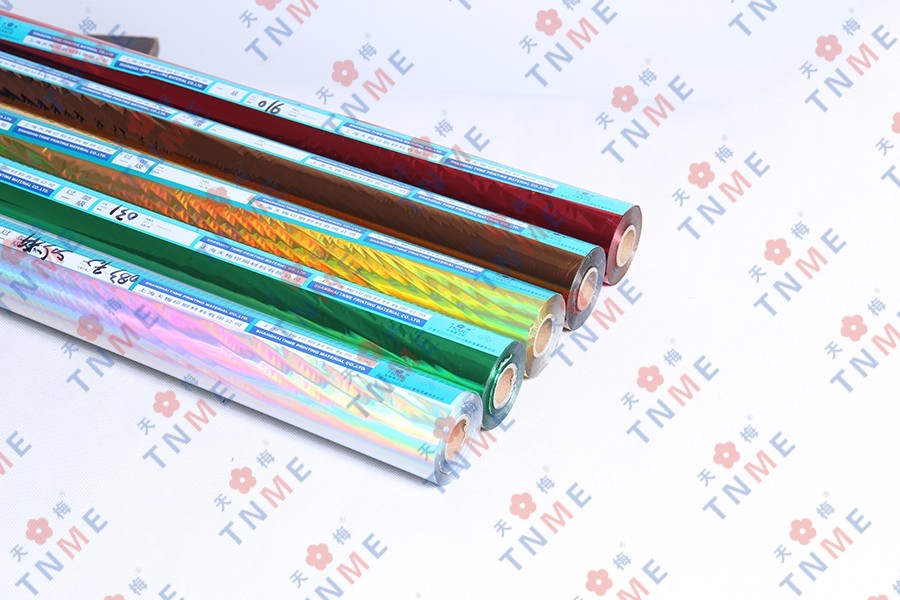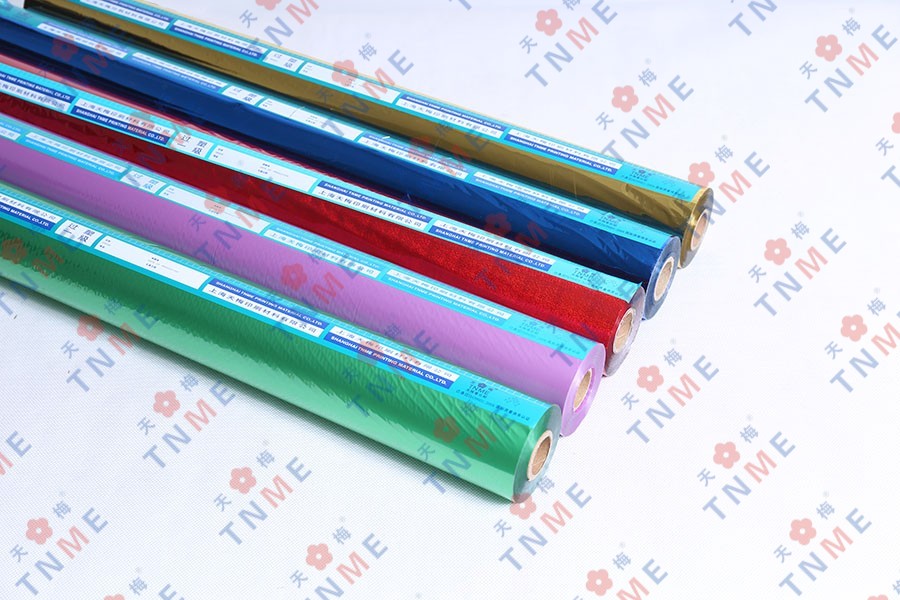What Are the Different Types of Pigment Foil Available on the Market?
The world of specialty printing and finishing is vast, but few elements can elevate a design with the understated elegance and tactile sophistication of pigment foil. Unlike its metallic counterparts that scream for attention with reflective brilliance, pigment foil offers a matte, velvety, and deeply saturated finish that appeals to a more discerning aesthetic. For wholesalers, buyers, and designers, navigating the extensive range of available options is crucial for making informed sourcing and creative decisions.
Understanding the Core Composition of Pigment Foil
Before classifying the different types, it is essential to grasp what constitutes a pigment foil. At its most fundamental level, a pigment foil is a multi-layered film designed for application through hot stamping or cold foiling processes. The core component that defines this category is the absence of metallic particles like aluminum. Instead, the color and effect are achieved through pigmented coatings. The typical layers include a polyester carrier film, a release layer that activates under heat and pressure, the pigmented layer itself, and an adhesive size coat that bonds the pigment to the substrate. This structure allows the pigment foil to be transferred from the carrier film onto a material like paper, cardboard, or plastic, leaving behind a durable, non-metallic finish. The specific formulation of the pigmented layer and the adhesive is what creates the vast diversity of effects, textures, and performance characteristics available to the market. This foundational knowledge is critical for buyers who need to assess quality and compatibility, as the search term “pigment foil composition” is often a starting point for technical research.
Classification by Finish and Visual Effect
The most immediate way to categorize pigment foil is by its final appearance. This is the primary consideration for designers and brand managers seeking a specific look and feel. The visual effect is the result of different chemical formulations and coating techniques used during the manufacturing process.
Matte and Velvet Finishes
The quintessential pigment foil finish is the matte or velvet effect. This type provides a completely non-reflective, smooth surface that feels soft to the touch. It is the go-to choice for projects demanding elegance, sophistication, and readability. The deep, saturated color laydown makes it ideal for covering large areas or printing text over detailed backgrounds without causing visual glare. Common buyer industry search terms like “matte finishing foil” or “velvet touch foil” typically lead to this category. Its popularity in luxury packaging, high-end stationery, and book covers is due to its ability to convey quality without ostentation. When specifying this type, it is important to consider the substrate; a smooth, coated paper will yield a flawless velvet finish, while a more textured stock can create an interesting, slightly broken effect that retains its matte quality.
Satin and Pearl Finishes
Occupying a middle ground between flat matte and shimmering metallic, satin and pearl pigment foils offer a subtle sheen or luster. A satin finish has a soft, low-gloss reflectivity, reminiscent of silk, while a pearl finish incorporates fine, non-metallic particles that create a gentle, iridescent glow. These finishes are excellent for adding a touch of dimension and light interaction without the bold statement of a metallic foil. They are frequently used in cosmetic packaging, annual reports, and invitations where a hint of refinement is desired. Searches for “low sheen foil” or “pearl effect foil” will often surface products within this segment. The application of pearl finishes requires careful control of stamping parameters to ensure an even, consistent luster across the entire stamped area.
Holographic and Diffractive Pigment Foils
This category represents a significant technical achievement in pigment foil manufacturing. Holographic pigment foils are engineered to create intricate, rainbow-like patterns without using a metalized layer. Instead, the carrier film is embossed with a microscopic diffraction grating before the pigment is applied. When light hits this patterned surface, it splits into its spectral components, creating the characteristic prismatic effect. This type is highly sought after for security applications, promotional items, and cutting-edge graphic design. It is crucial to distinguish this from metalized holographic foils; a pigment-based holographic foil will have the color of the underlying pigment (e.g., a red holographic foil) influencing the rainbow effect, and it will not conduct electricity. Industry professionals often use search terms like “non-metallic holographic foil” or “diffractive pigment foil” to find these specific products.
Specialty Texture Finishes: Leather and Stone
Beyond color and sheen, some pigment foils are designed to replicate specific textures. Leather-grain and stone-effect foils are prime examples. These foils are embossed with a texture that is transferred along with the color during the hot stamping process, creating a convincing tactile simulation of another material. A leather-grain pigment foil can impart the look and feel of genuine leather onto a cardboard package, while a stone-effect foil can give a paper surface a rough, granite-like texture. These products are ideal for adding a profound sensory element to packaging, book bindings, and premium product labels. Buyers looking for these unique solutions might use queries such as “textured hot stamping foil” or “simulated leather foil.” The successful application of these foils often requires higher pressure and precise temperature control to ensure the entire texture pattern is cleanly transferred.
Classification by Functional Performance
Another critical method for categorizing pigment foil is based on its technical performance and the substrates to which it can adhere. This classification is paramount for production managers and printers to ensure job success and durability.
Universal or General Purpose Pigment Foils
This is the most common and widely used category. Universal pigment foils are formulated with a balanced adhesive system designed to adhere to a range of standard, coated paper stocks. They offer a good compromise of performance, cost, and ease of use, making them suitable for the majority of applications like business cards, book covers, and stationery. When a job does not present extreme substrate challenges, a universal foil is typically the most cost-effective and reliable choice. Search terms like “standard pigment foil” or “general purpose stamping foil” are commonly associated with this type. It is always recommended, however, to conduct a test stamp on the actual production substrate before committing to a large run.
Plastic Substrate Pigment Foils
Adhering a pigment foil to non-porous surfaces like various plastics (e.g., PVC, ABS, acrylic, and certain polyethylenes) requires a specialized formulation. These foils feature a much more aggressive adhesive system that is activated at a specific temperature and pressure range to bond with the polymer surface. Using a universal paper foil on plastic will almost certainly result in poor adhesion and easy scratching or flaking. Therefore, specifying a foil designed for plastics is non-negotiable. Key technical search terms for this category include “foil for plastic substrates” and “non-porous surface foil.” It is also critical to note that within this category, specific formulations may be optimized for different types of plastics, so consultation with the foil manufacturer is advised.
High-Abrasion Resistant and Scratch-Proof Foils
For products that will undergo significant handling, such as book covers, membership cards, packaging, and technical manuals, durability is a primary concern. High-abrasion resistant pigment foil is engineered with a tougher coating and a robust adhesive bond to withstand scratching, scuffing, and repeated friction. This is achieved through advanced polymer chemistry in the pigment layer and a cross-linking adhesive that forms an exceptionally strong bond with the substrate. Buyers in industries producing durable goods should prioritize searches for “scratch resistant foil” or “heavy-duty stamping foil.” While no foil is entirely indestructible, this category offers a significant performance upgrade over standard foils, ensuring the design remains intact throughout the product’s lifecycle.
Heat-Resistant Pigment Foils
In certain applications, a stamped product may be subjected to post-processing heat. A common example is the application of a pigment foil onto a material that will later be sealed within a plastic laminate or go through a heat-sealing process. A standard foil might discolor, blister, or delaminate under this secondary heat exposure. Heat-resistant foils are formulated with stable pigments and adhesives that can withstand these elevated temperatures without degrading. This is a highly specialized product often sourced using terms like “post-heat stable foil” or “lamination safe foil.” Failure to use a heat-resistant foil when required can lead to catastrophic and costly quality failures after the primary foiling process is complete.
The table below provides a concise summary of these functional classifications for quick reference.
| Functional Type | Primary Substrate | Key Characteristics | Common Applications |
|---|---|---|---|
| Universal/General Purpose | Coated paper stocks | Balanced adhesion, cost-effective, wide availability. | Business cards, stationery, book covers. |
| Plastic Substrate | PVC, ABS, Acrylic, PE | Aggressive adhesive, formulated for non-porous surfaces. | Credit cards, electronic housings, point-of-sale displays. |
| High-Abrasion Resistant | Paper, board, plastics | Durable coating, scratch and scuff-resistant. | Manuals, packaging, frequently handled items. |
| Heat-Resistant | Paper, board (post-heat applied) | Stable under high temperatures, prevents discoloration. | Products requiring post-foil lamination or heat sealing. |
Classification by Application Process
While the visual and functional properties are paramount, the type of pigment foil is also intrinsically linked to the application method. The two primary processes, hot stamping and cold foiling, require foils with fundamentally different constructions.
Hot Stamping Pigment Foils
This is the traditional and most common method for applying pigment foil. Hot stamping foils are designed to be used with a heated die (made of metal, silicone, or photo-polymer) and pressure. The heat from the die activates the release layer, allowing the pigmented layer to detach from the carrier film and be bonded to the substrate via the adhesive. These foils are supplied on rolls and are compatible with manual, semi-automatic, and high-speed rotary stamping presses. The key technical parameters for hot stamping foils are the recommended temperature, pressure, and dwell time (the duration the die is in contact with the foil and substrate). A search for “hot stamp foil rolls” will typically return these products. The vast majority of matte, satin, and textured foils are designed for this process, which is renowned for its high quality, durability, and tactile finish.
Cold Foiling Pigment Foils
Cold foiling, or cold transfer, is a digital-friendly process that integrates with conventional printing presses like offset, flexo, or gravure. This method does not use heat from a die. Instead, a UV-curable adhesive is first printed onto the substrate in the desired pattern. The pigment foil is then brought into contact with the tacky adhesive, and a UV lamp cures the adhesive, bonding the foil to the substrate. The carrier film is then rewound, leaving the foil on the printed areas. Cold foiling pigment foil has a different release chemistry tailored to this specific process. The primary advantage is the ability to achieve very fine details and the potential for high-speed, in-line application. Buyers exploring this technology often search for “cold foil transfer” or “UV adhesive foil.” It is critical to never use a hot stamping foil in a cold foiling process, and vice-versa, as the results will be unsuccessful.
Navigating Color and Availability
The color range for pigment foil is exceptionally wide, from the most fundamental blacks and whites to a full spectrum of vibrant hues and pastels. When assessing color options, it is important to understand two main systems.
Standard Color Lines: Most manufacturers offer a curated line of standard colors. These are typically the most readily available and cost-effective options, covering common needs like various shades of black, white, red, blue, and green. A “pantone matching foil” system is also offered by some suppliers, allowing for a closer match to specific brand colors, though an exact match cannot always be guaranteed due to the different nature of foil versus ink.
Custom Color Manufacturing: For large-volume projects with very specific color requirements, it is possible to have a pigment foil custom-manufactured. This process involves creating a new master batch of pigment to match a provided color standard and is subject to minimum order quantities and lead times. This option is typically reserved for major branding campaigns or long-running product lines where color consistency is paramount.




 English
English 中文简体
中文简体
